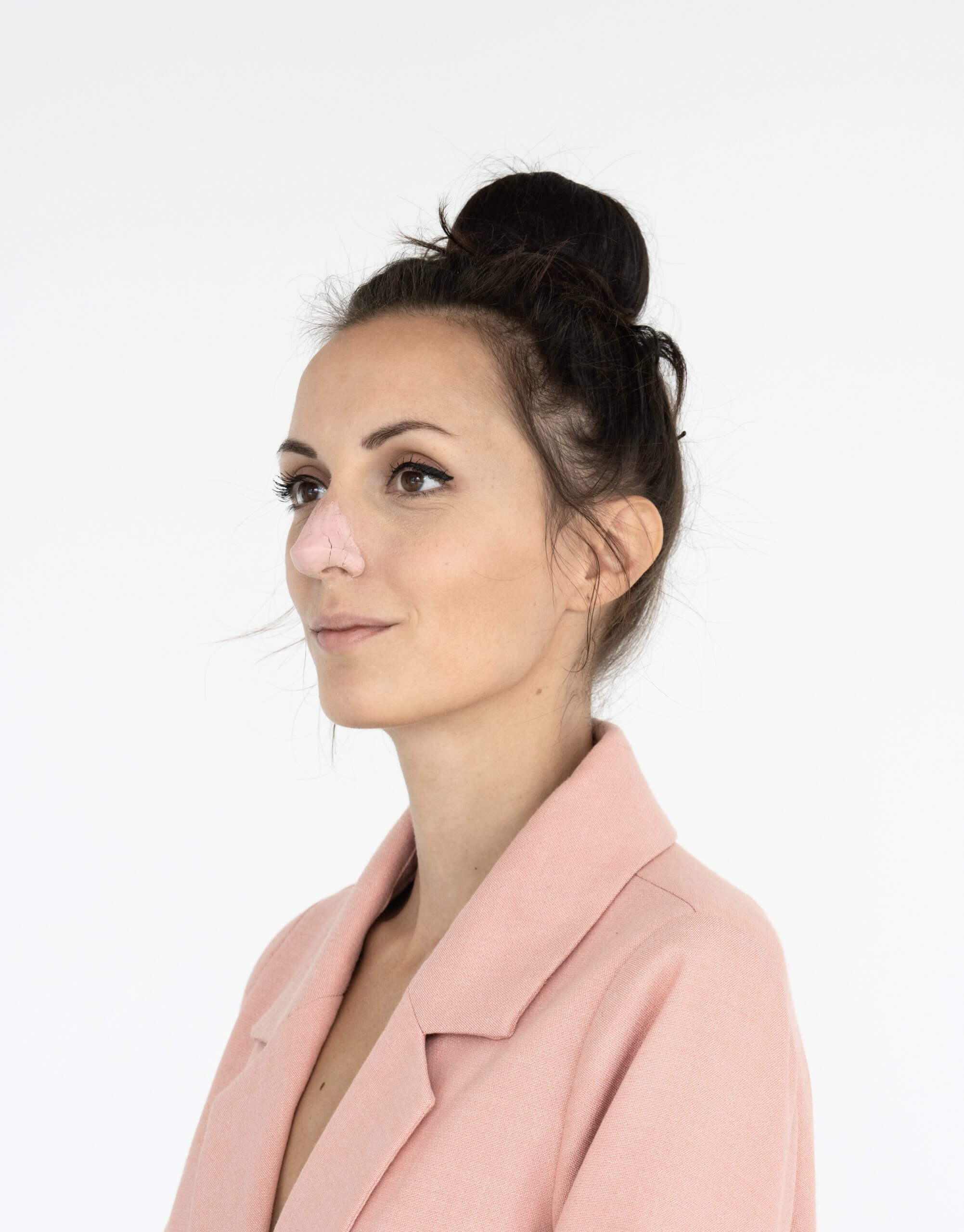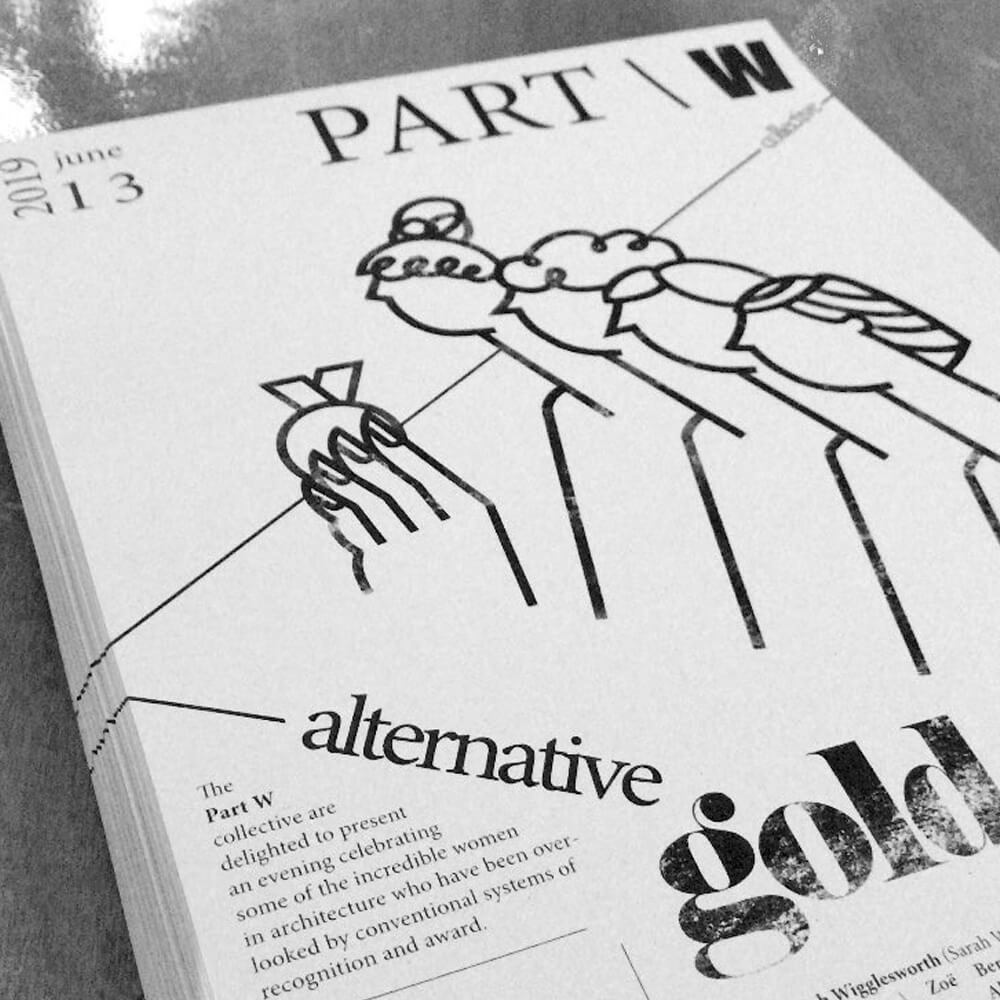The Fairytale Art World of Alice Ronchi

A simple artist, full of emotion and inner worlds to explore and share through her elegant, silent works. We’re talking about Alice Ronchi (b. 1988, Ponte dell’Olio), born near Piacenza, in Emilia-Romagna. In the rural landscape where she grew up, who better understands the importance of contact with the life of nature. After studying in 2012 at the New Academy of Fine Arts in Milan (where she teaches today), she leaves for new cities between artist residences and travels that allow her to understand her inner world even more and refine that spontaneous artistic sensitivity that she has inherited thanks to her land. The essence of simple things shines through in the weight of her works, regardless of the medium they are minimal, light, free and smooth, in pastel colors. The result? A magical world made of works with imaginative, soft shapes, almost to be eaten as if they were clouds of colored sugar. And without presumption, the goal of Ronchi’s artistic production is to bring the viewer into a new story of life and at the same time make them reflect on themselves and on the facts of the world, where even a performance can become a reason for interaction and fun. Above all, of inner knowledge.
As with “Pioggia”, a performance made during the last year of high school. “We students had to do some landscape work, so the next day I arrived in the classroom with thirty cans of hairspray and spray cans and I gave one to each classmate and asked them to open and close those cans over and over again: collective madness!”. She continues: “In a few moments, however, a smile appeared on their skeptical faces and that noise turned into the sound of rain. From that moment I understood that things could be transformed, and the most important reason why it was worth doing, was for that smile!”
FRONTRUNNER speaks exclusively to Ronchi to find out more.

Did any particular figure in the art sector inspire you?
Lots of them. Every encounter with a work of art that moved me was a source of inspiration. From there, in fact, I studied the texts and the life of the man who created it, I wanted to understand the context and the artist’s experience: it was as if I wanted to know more intimately that work, and I met fascinating stories. I could go on for hours to list the figures that inspired me but in citing them I would give more importance to some, excluding others and I would be sorry. From prehistoric monoliths to the mountain that Francys Alÿs wanted to move…
Your production is minimal and imaginative. In you – in your work – how much is there of “Il Fanciullino” by Giovanni Pascoli, one of the most influential literary authors of Italian Decadentism of the late nineteenth century?
I hope as much as possible. “Il Fanciullino” is a text that moves me deeply and reminds me how the innocent being curious of a child is the most precious of the cognitive experiences that an individual can undertake, especially in the adult phase of life. I have always tried to look at things in search of their wonder, from the human soul to every inanimate object.
Where and how do you find inspiration?
From nature. I am fascinated by her beauty and the ability to generate it in the eye of the beholder. Inspiration often also comes from an emotion that comes from a meeting; emotions are the first thing I see, feel and want to convey. During the realization of each of my work my mind is pervaded, constantly. Human behavior fascinates me, and although my works are often sculptural and non-performative, there is a strong invisible human component in them. There is always a particular emotion that triggered everything and directed every single choice, from start to finish: from the shape, to the material, to the color, everything was chosen according to that emotion that acted as a guide.

Indoor Flora – Play Platform (2017)
Courtesy of the artist
Typically you use light, delicate shades so that some works seem almost like sugar; what is your relationship with color?
For me, color is a special presence and an instrument of expression. It is as if it were an ally. In each work, the choice of color for me arises instinctively, together with the work itself in total symbiosis with the emotion I want to convey. Often it is about lightness and silence, soft and sometimes deep colors like black; I mainly use pastel colors often diluted to the point of making them intimate and reassuring.
Tell us about your residency leading to your permanent project in the “Orto d’Artista” (Artist’s Garden) for the Nobile Contrada dell’Aquila in Siena.
The Nobile Contrada dell’Aquila invited me and hosted me in Siena during the most beautiful and important moments of the whole Paliesque life: from the days preceding the Palio to the big party. The goal of this residency was to immerse myself in their tradition so that I could donate a work for the Orto del Verchione (a public garden used for the recreational activities of the district) that was an expression of what was experienced and interpreted inside. of their fascinating traditions. Inspired by the sun that L’Aquila carries on her lap in the official heraldry of the Nobile Contrada dell’Aquila, I chose to create a light installation depicting their sun. I wanted to raise this symbol to the point that even outside the walls of the garden it was visible: a bright flame, a symbol of pride and perseverance in which all the Contrada members could recognize themselves, an expression of their open minds and their warm welcome.

Sole (2020)
Permanent installation
Orto d’Artista (Artist’s Garden) in the Nobile Contrada dell’Aquila, Siena
Courtesy of the artist
Among your works, how was “The Greetings Project” conceived?
“Camminavo per strada, mi voltai e vidi un uomo all’interno di una ferramenta pulire con sinuosi gesti la vetrina. Rivolto verso di me e con il braccio proteso verso l’alto stringeva un panno colorato che sventolava dondolando il suo corpo da destra a sinistra e di nuovo verso destra, disegnava tante curve immaginarie, come se stesse pulendo un arcobaleno. Rimasi a guardalo e sorrisi, credevo mi stesse salutando. Sorrise anche lui”.
Translation: “Walking along the street, I turned myself and I saw a man inside a big shop cleaning the window. His gestures were so elegant: with an outstretched arm upward he clutched a colorful cloth that he was waving swinging his body from right to the left and then back to the right. He drew so many curvy lines, all of them imaginary, as if he was cleaning a rainbow. I stood there watching, then I smiled. I thought he was greeting me. He smiled too”.
The Greetings Project was born from the emotion of this meeting and the desire to share it. I wanted to reconstruct that moment of beautiful everyday life in a poetic key in order to excite passers-by, but also the people who performed the action; show them the wonderful potential of the movement that is made to clean a glass, adding a new meaning to that gesture. So that in the future a curious glance of a passer-by can for a moment, observing him, doubt the nature of that gesture and smile.
How important are words in what you do?
Very, very much [so]. Sometimes I spend more time writing about a job than doing it. I write about emotions, thoughts, reflections, doubts and questions. Words help me a lot to express myself and find clarity within complex projects; to understand what is most urgent for me to tell with that work. Words are an invisible and special tool in my work, extremely intimate. It is an aspect that I do not often share, almost no one has ever read my texts, but it is they who have allowed me to make my works as they are. Since I started teaching at the university I have always asked from the first day, to each student, to write texts that at their discretion they would show me or not. At each presentation I ask them to write a text or answer written questions, which almost never refer to the details of the work, but are more personal questions that lead to an understanding of the emotional mechanisms that led them to think about that project. When a work is very cerebral, the text helps them to establish expressive priorities and connections; in this way an order of relevance is often created among the elements that compose it and thus the way of development is found. Words are by far the strongest tool, capable of generating emotions with very few letters.
What project are you currently working on and what are your future projects?
I am working on a wall of about 15 meters that overlooks a therapy center for autistic children. It is a very special project for me. They asked me to carry out a permanent intervention to redevelop the wall and to interact with the children; I am developing a sculptural intervention inspired by the clouds and a cycle of workshops to be carried out in therapy centers and primary schools. Among future projects, there will be a personal exhibition with the Francesca Minini Gallery in Milan and a sculptural intervention in a public place which, unfortunately, I cannot say more about yet.









Responses